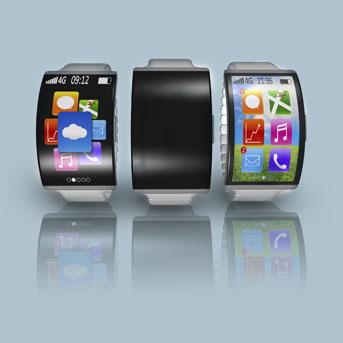
As the smart wearables market continues to grow and evolve, by 2017, 30 percent of smart wearables will be completely unobtrusive to the eye, says Gartner.
"Already, there are some interesting developments at the prototype stage that could pave the way for consumer wearables to blend seamlessly into their surroundings," said Annette Zimmermann, research director at Gartner. "Smart contact lenses are one type in development. Another interesting wearable that is emerging is smart jewelry. There are around a dozen crowdfunded projects competing right now in this area, with sensors built into jewelry for communication alerts and emergency alarms.
Predictions about the consumer devices market from Gartner include:
By 2018, more than 25 million HMDs will have been sold as immersive devices
Interest in HMD (head-mounted displays) devices, which power virtual reality (VR), augmented reality (AR) and other smartglass apps, will be such that, by 2018, the technology behind them will be used in a variety of consumer and business scenarios.
"HMDs are more popular in 2014 than at any point in the past," said Brian Blau, research director at Gartner. "Prior to 2014, HMDs were mainly found in specialty applications, such as industrial design or military training and simulation, where HMD technology is well-developed.
By 2016, biometric sensors will be featured in 40 percent of smartphones shipped to end users
Fingerprint scanning will be the primary biometric feature introduced by most vendors, given its intuitive and unobtrusive usage. Other biometrics such as facial, iris, voice and palm vein authentication will also emerge but will remain relatively niche. Wearables will also feature biometrics as coupling devices to smartphones, but will mostly obtain the biometric information to be passed onto the smartphone where the intelligence and authentication take place.
Through 2017, one-third of consumers in emerging markets will have never owned a Windows device.
Before the advent of smartphones and tablets, Microsoft Windows was the dominant operating system for consumer devices back when the PC was the only Internet-connected device. In mature markets, PC penetration is still high — Gartner forecasts that more than 90 percent of consumers currently use a Windows PC. This picture is different in emerging regions, where PC penetration is lower and some consumers have never owned or used a PC, and never will.

 In
In
Add new comment